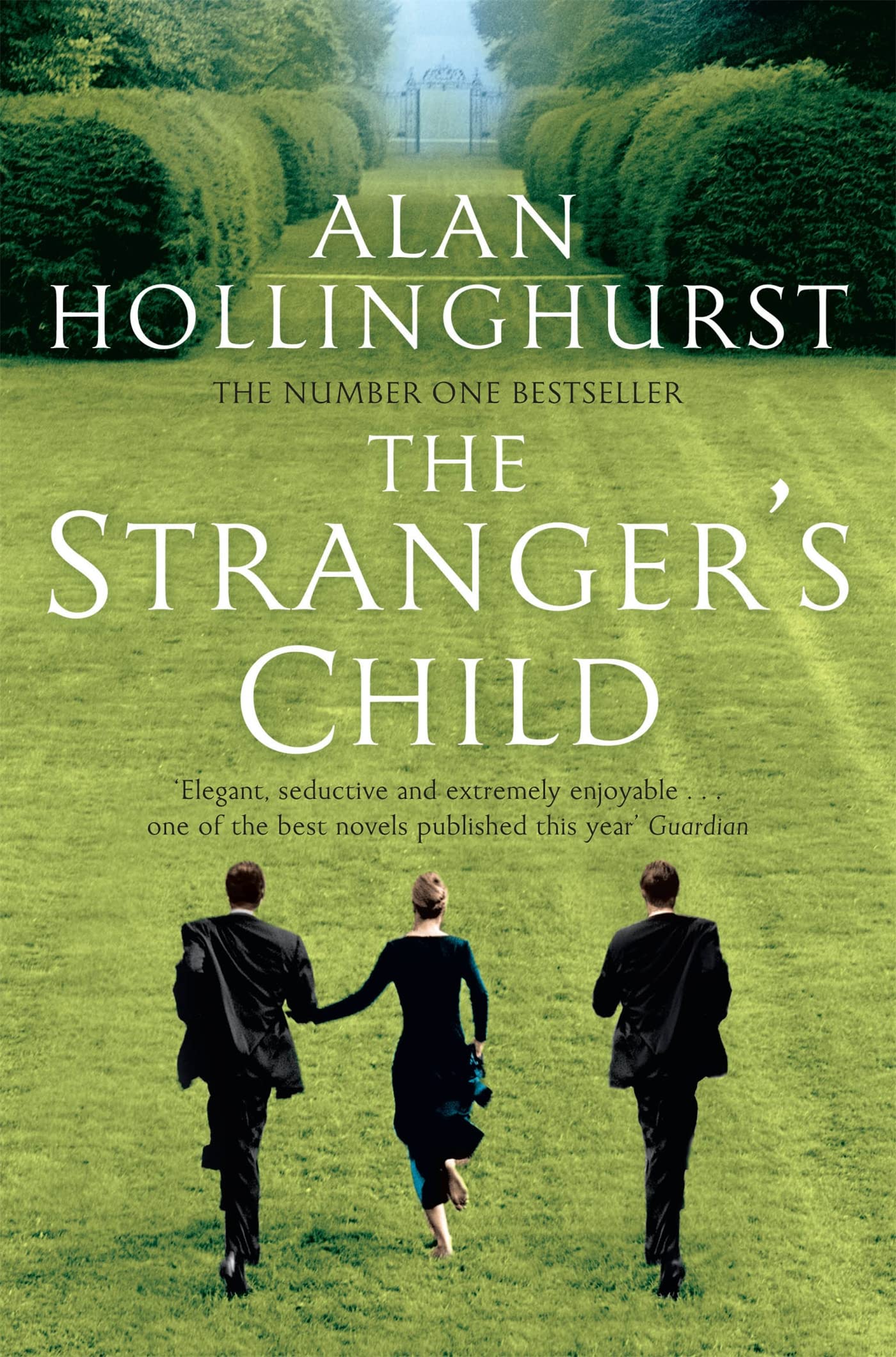Strangers Child (shelf worn) by Alan Hollinghurst
Strangers Child (shelf worn) by Alan Hollinghurst
Low stock: 1 left
Couldn't load pickup availability
Author(s): Alan Hollinghurst
Pub: Picador
Pack Qty: 0 (Paperback)
ISBN: 9780330483278 - Non Mint
Subjects: LGBTQ+ Books, Literature & Fiction, Genre Fiction, Family Saga, Family Life, Literary
196mm x 129mm x 34mm
Publication: 2012Pages: 576
INTERNATIONAL BESTSELLER
The Stranger's Child is Alan Hollinghurst's masterpiece, the book that cements his position as one of the finest novelists of our time. In its scope, intelligence and elegance, The Stranger's Child can be placed in the great tradition of the novel alongside epics by Marcel Proust and Anthony Powell. And yet, in its subtly political exploration of homosexuality in English society, it deals with an utterly contemporary subject in an utterly contemporary way.
The Stranger's Childbegins with sixteen-year-old Daphne Sawle sitting in a hammock in the garden of Two Acres, the family home in suburban London. She is making a show of reading Tennyson before her brother George arrives to visit with his Cambridge friend Cecil Valance, a handsome, assured and sometimes outrageous young man with a burgeoning reputation as a poet. After a tantalizing and dramatic weekend Cecil writes a long poem in Daphne's autograph album as a parting gift. It is titled 'Two Acres,' and both Daphne and George (whose feelings for Cecil also go well beyond mere friendship) immediately see how important the poem is - but none of them can foresee the complex and lasting effects it will have on all their lives.
When the next section of the novel begins, everything has changed: Daphne is married to Cecil's brother Dudley Valance; George to a historian named Madeleine; and Cecil is dead, killed by a sniper in World War One. A Cabinet officer and man of letters named Sebastian Stokes has come to Corley Court, the Valance family's country home, to put together an edition of Cecil's poemsand speak to each family member in turn about him. He is especially curious about Cecil's personal (and passionate) letters and unpublished poems, papers that seem to have gone missing, and whose absence will loom paradoxically through the rest of the novel.
The book leaps forward and we are at another party, this one to celebrate Daphne's seventieth birthday. George is now the acclaimed historian G.F. Sawle; Daphne's son Wilfrid, a charming boy in the previous section, has grown into a nervous and somehow fractured adult. We meet Peter Rowe, a music teacher at the boarding school that now occupies Corley Court, and his boyfriend, Paul Bryant, a bank employee with a feeling for Cecil's poetry. Soon Paul is taking up an idea that Peter abandoned: to write a biography of Cecil Valance. It means making some startling discoveries about a past that the Valance family would prefer to keep in sepia and shadows.
The Stranger's Childis by turns a gripping literary mystery, an absorbing social study of some pivotal moments in history, and a sensuous and beautiful exploration of the secret passions that determine our lives. From Edwardian suburbs to the offices of the Times Literary Supplement in the 1970s, from High Table wit to the realities of life working behind the counter at a provincial bank, it seems there is no corner of English life that Alan Hollinghurst cannot make present and palpable. Throughout this book he displays his unmatched gift for creating characters who live and breathe, and makes The Stranger's Childthat rare thing, a historical novel whose characters, in their passions and betrayals, constantly surprise the reader. In telling the story of the Valances, Hollinghurst casts a clear eye on the ways that each new generation tries to keep the family's secrets buried - and reminds us that outsiders who try to dredge secrets to the surface have their own very mixed reasons for doing so.
Reading this book, we are so utterly immersed in its characters' lives that their memories come to seem like our own, at once vital and in the process of being lost. And perhaps this is the novel's most extraordinary qua


